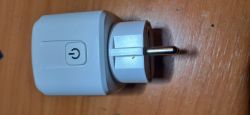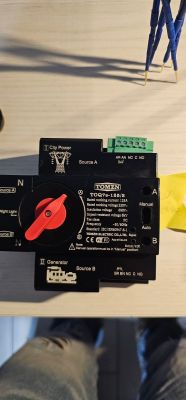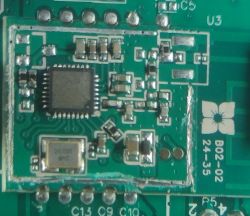I am looking for a device that will fulfil the role of an electric lock for a wicket in a fence. Specifically I am referring to locking the wicket at night. The wicket is to be unsecured during the day, but locked at night. The control issue does not play a role for me. I have a smart installation in the house (all on PLC) and the wires to the wicket are pulled. The problem is that I don't want/can't use a standard electric strike. I could do this by keeping the electric lock live during the day - but this is not the most accurate solution. I'm looking for something along the lines of a car lock. Gives a pulse the deadbolt closes. Gives another pulse the deadbolt opens.
If you have a lead on this type of deadbolt let me know.
If you have a lead on this type of deadbolt let me know.





